Koran Angelfish
$69.99 – $159.99
-
Select Variant
The Koran Angelfish, also referred to as the Semicircular Angelfish or Halfcircled Angelfish is a very popular and tough angelfish. In adulthood the color of the body is a green-yellow that runs from light to dark, moving forward and backward along the body. Some areas appear speckled blue while darker areas display an appearance that is more yellow-speckled. The head is plain yellow-green color with blue sapphire eye rings and gill margins. Also, the fins have been highlighted with sapphire blue. The juveniles are black with blue and white stripes.
The Koran Angelfish requires 250 gallon or more tank that has plenty of live rock to hide and eat slime algae and cyanobacteria. It can be prone to nibble at stony and soft corals (sessile invertebrates) and clam mantles, so it's not a suitable choice for reef aquariums.
A diverse diet of Spirulina and marine algae top-quality angelfish preparations, as well as mysis, or frozen shrimp, should be provided 3 times per day.
General Purchase Size: Juvenile Small: 1 1/4" to 2"; Juvenile Small/Medium: 2" to 2 1/2" Juvenile Medium: 2-1/2" to 3" Juvenile Medium/Large: to 3 1/2" to 4"; Juvenile Large: 4" to 4-1/2"; Changing Medium: 2-1/4" to 3-1/4"; Changing Large: 3-1/4" to 4-1/4"; Changing XLarge: 4-1/4" to 5-1/4"; Adult Small: 2-1/2" to 3-1/2"; Adult Medium: 3-1/2" to 5"; Adult Large: 5" to 7" Show Size 7" to 9"
- Description
- Additional Information
- Reviews
Koran Angelfish Overview
The Koran Angelfish is a popular and resilient species known for its distinctive coloring and adaptability. This fish thrives in large tanks and requires specific care to flourish.Appearance of the Koran Angelfish
- Adult Coloration: The body is a yellow-green hue that transitions from dark to light along the body. Lighter areas are speckled blue, while darker areas have a yellow-speckled appearance. The head is plain yellow-green with sapphire blue eye rings and gill margins. The fins are outlined in sapphire blue.
- Juvenile Coloration: Black with blue and white stripes.
Tank Requirements for Koran Angelfish
- Tank Size: Requires a minimum of a 250-gallon tank.
- Habitat: Provide ample live rock for hiding and grazing. This fish prefers a tank with plenty of live rock to graze on slime algae and Cyanobacteria.
- Compatibility: Not ideal for reef aquariums. It may nip at stony and soft corals (sessile invertebrates) and clam mantles.
Diet & Nutrition
- Diet: Omnivorous. Feeds on algae, tunicates, sponges, and other marine creatures in the wild.
- In Captivity: Offer a variety of frozen, live, and prepared foods. Include vegetable-based foods, meaty dishes like chopped squid, scallops, and shrimp. High-quality angelfish preparations with marine sponge are also essential.
- Feeding Frequency: Feed three or more times daily.
Origin of the Koran Angelfish
- Range: Found throughout the Indo-Pacific region, from the eastern coast of Africa to Fiji and Japan, as well as the eastern coast of Australia and New Caledonia.
- Alternative Names: Also known as the Semicircular Angelfish or Halfcircled Angelfish.
Purchase Size
- Juvenile Sizes:
- Small: 1" to 2"
- Small/Medium: 2" to 2.5"
- Medium: 2.5" to 3"
- Medium/Large: 3.5" to 4"
- Large: 4" to 4.5"
- Changing Sizes:
- Medium: 2.25" to 3.25"
- Large: 3.25" to 4.25"
- XLarge: 4.25" to 5.25"
- Adult Sizes:
- Small: 2.5" to 3.5"
- Medium: 3.5" to 5"
- Large: 5" to 7"
- XLarge: 7" to 9"
LINKS to follow:
size
Large, Medium, Small
Units
1
Weight
6 lbs
Dimensions
1 × 1 × 1 in

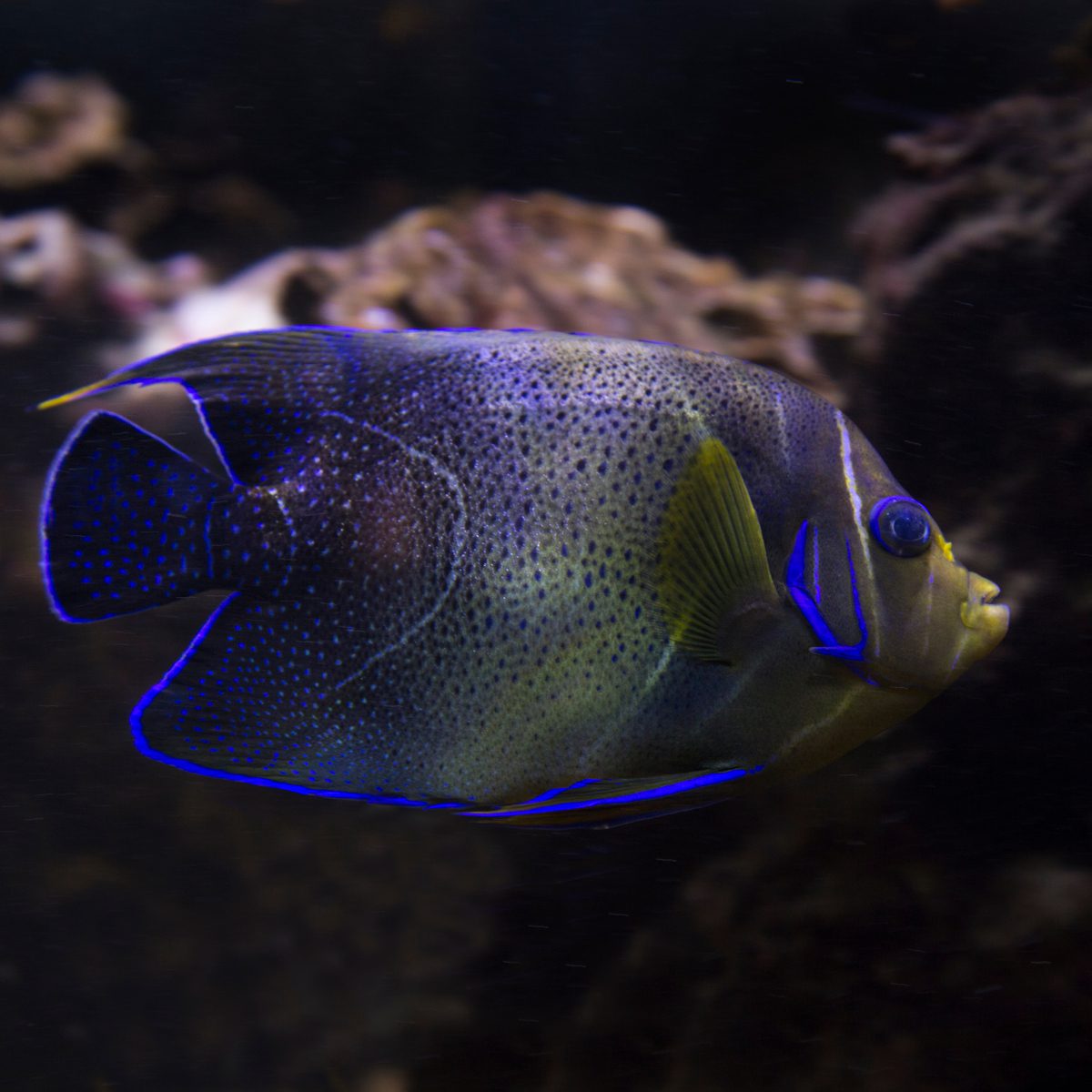
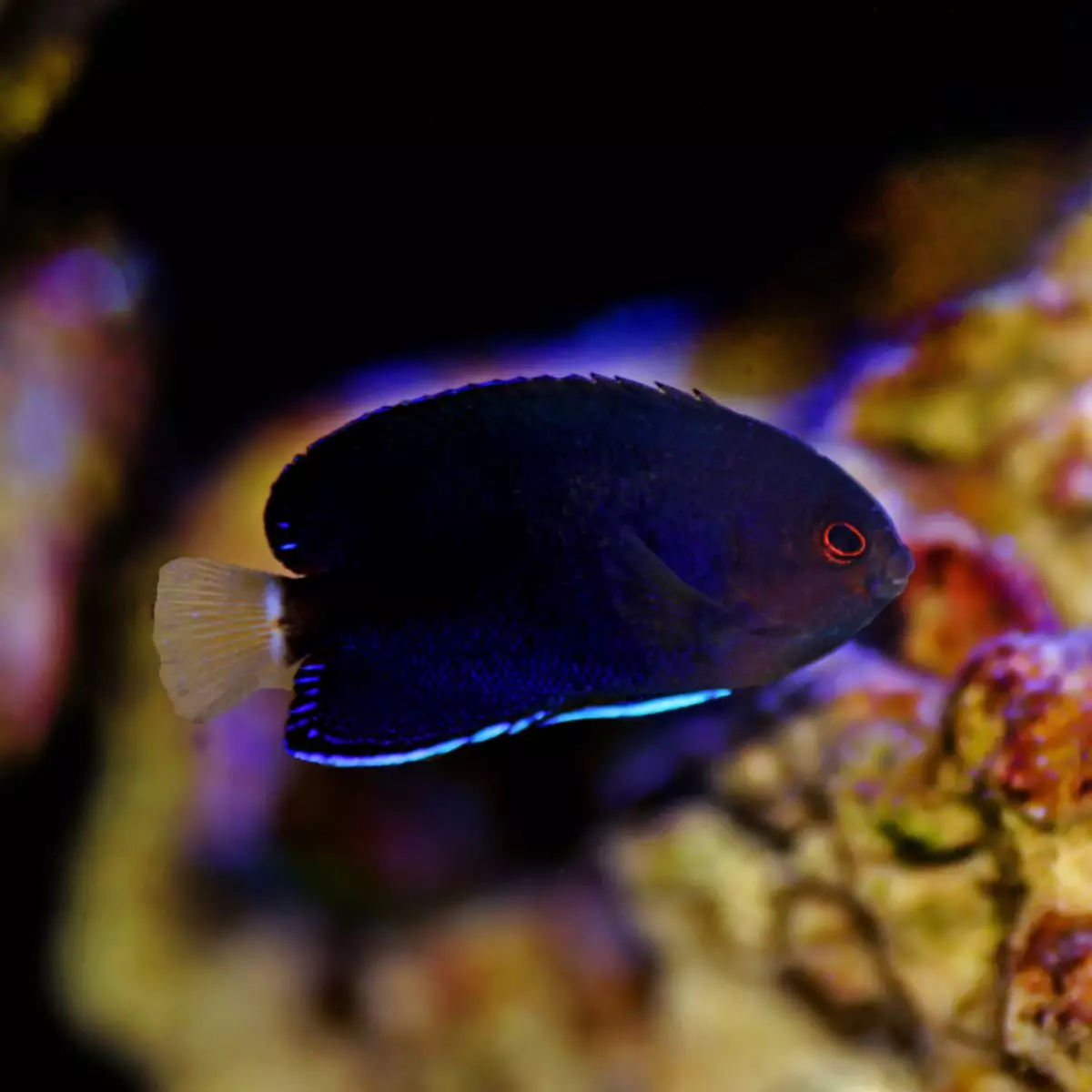
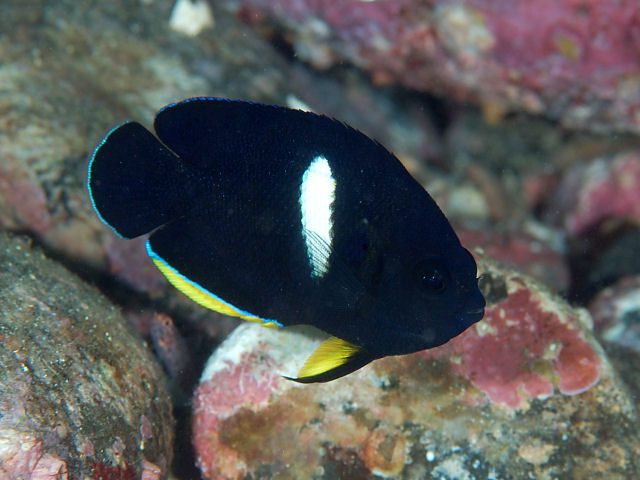
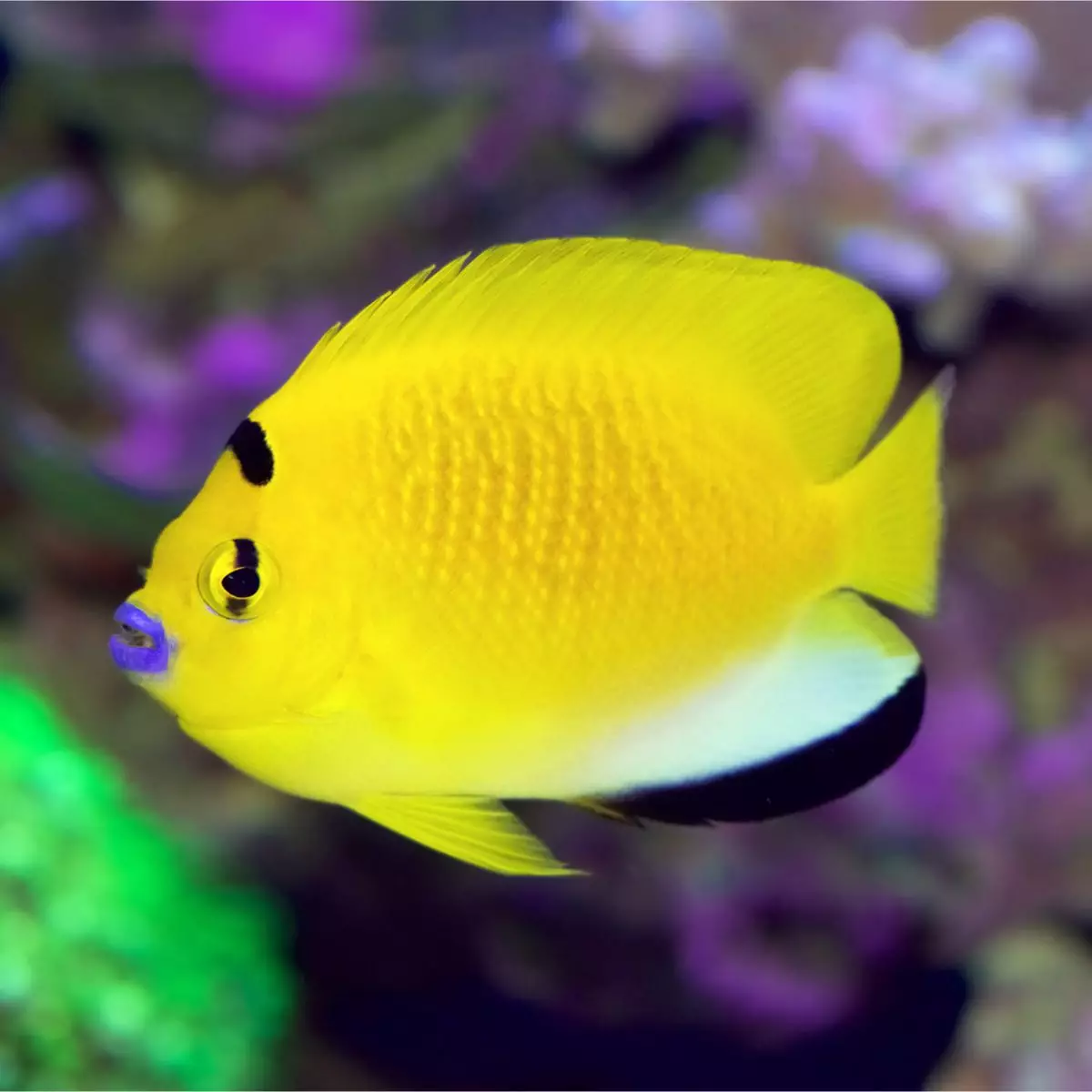
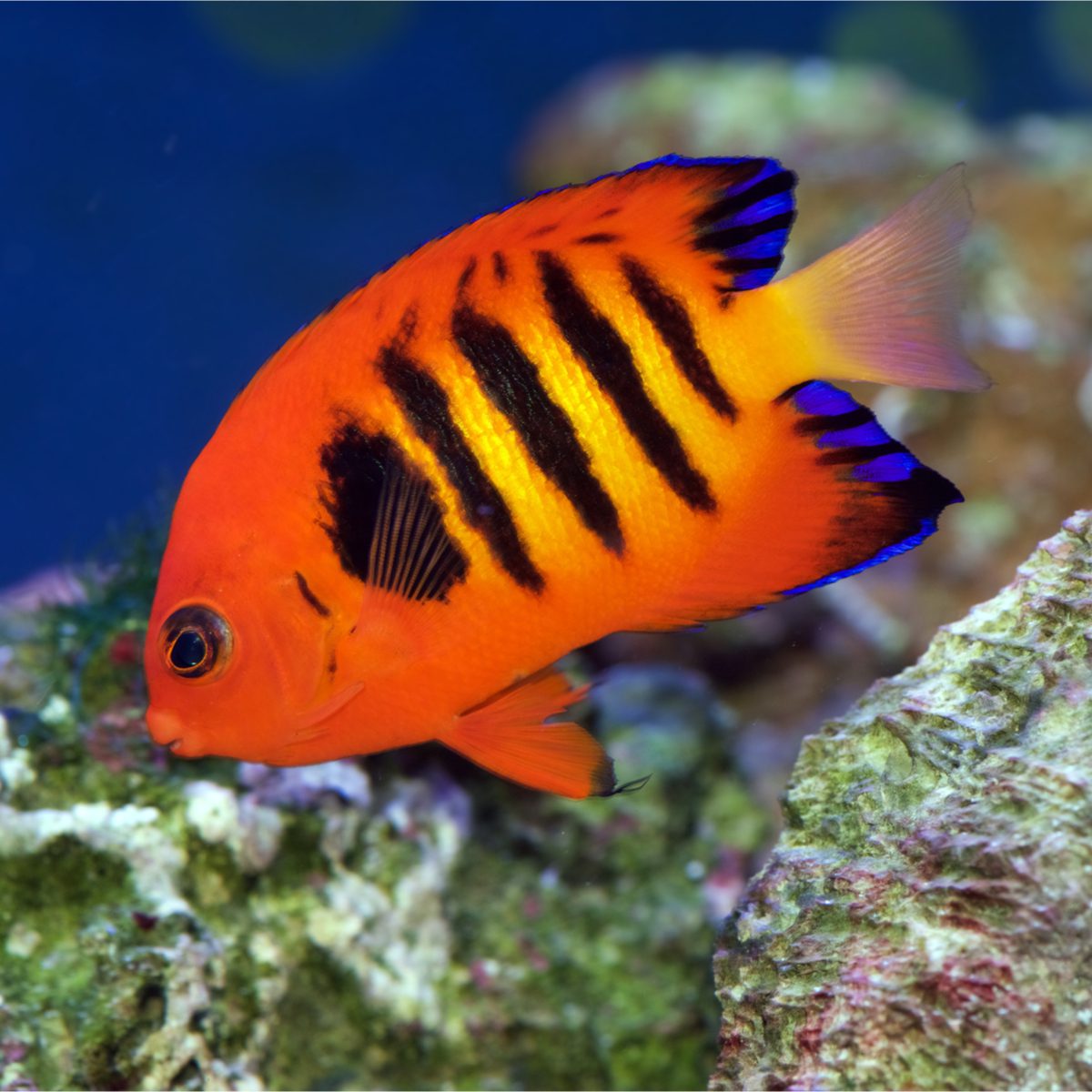
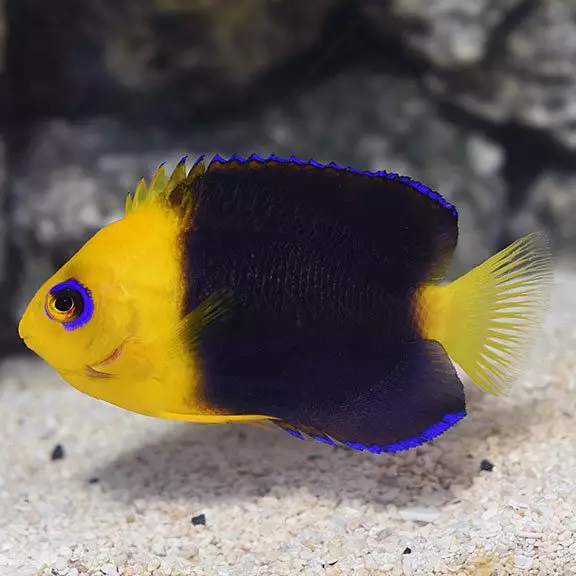
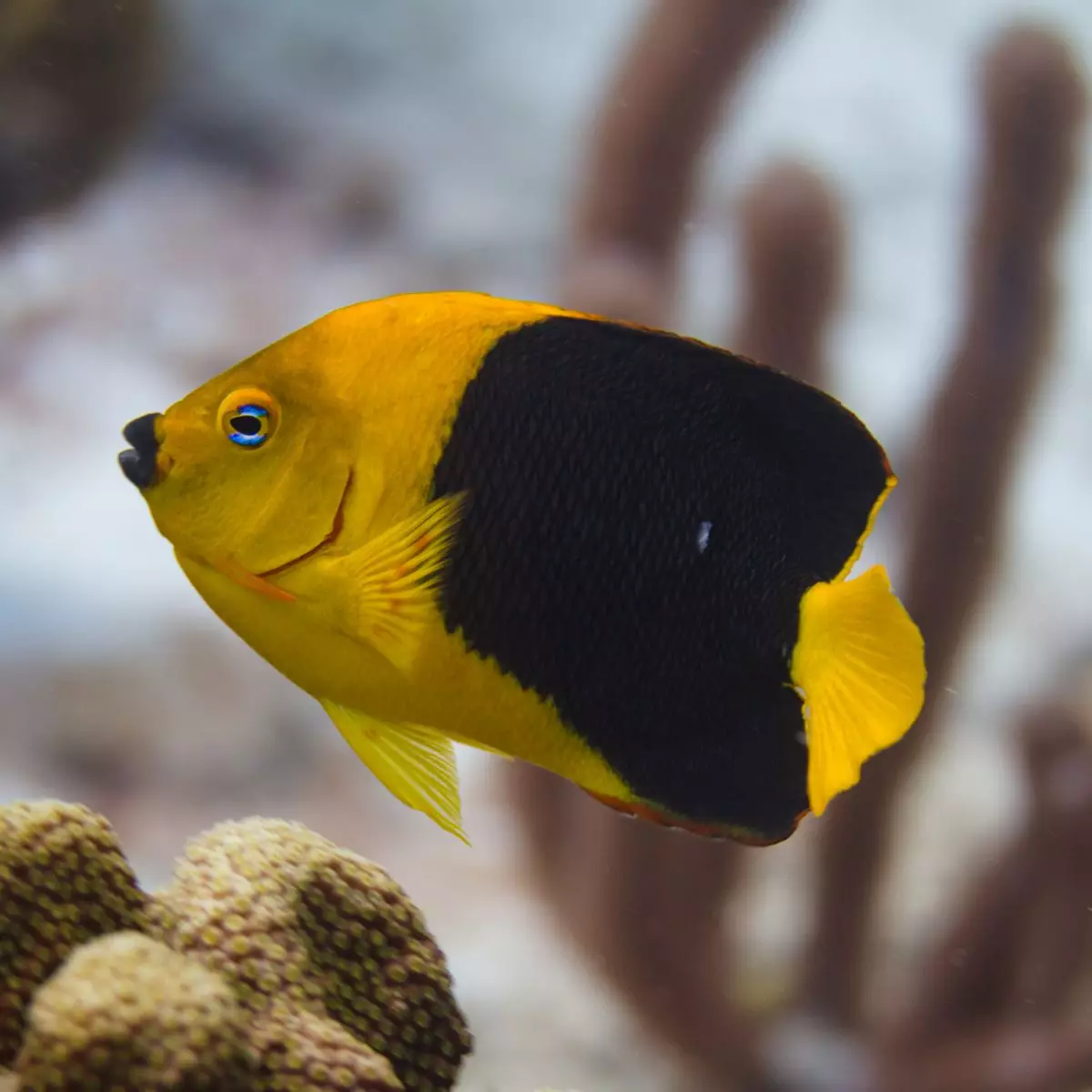
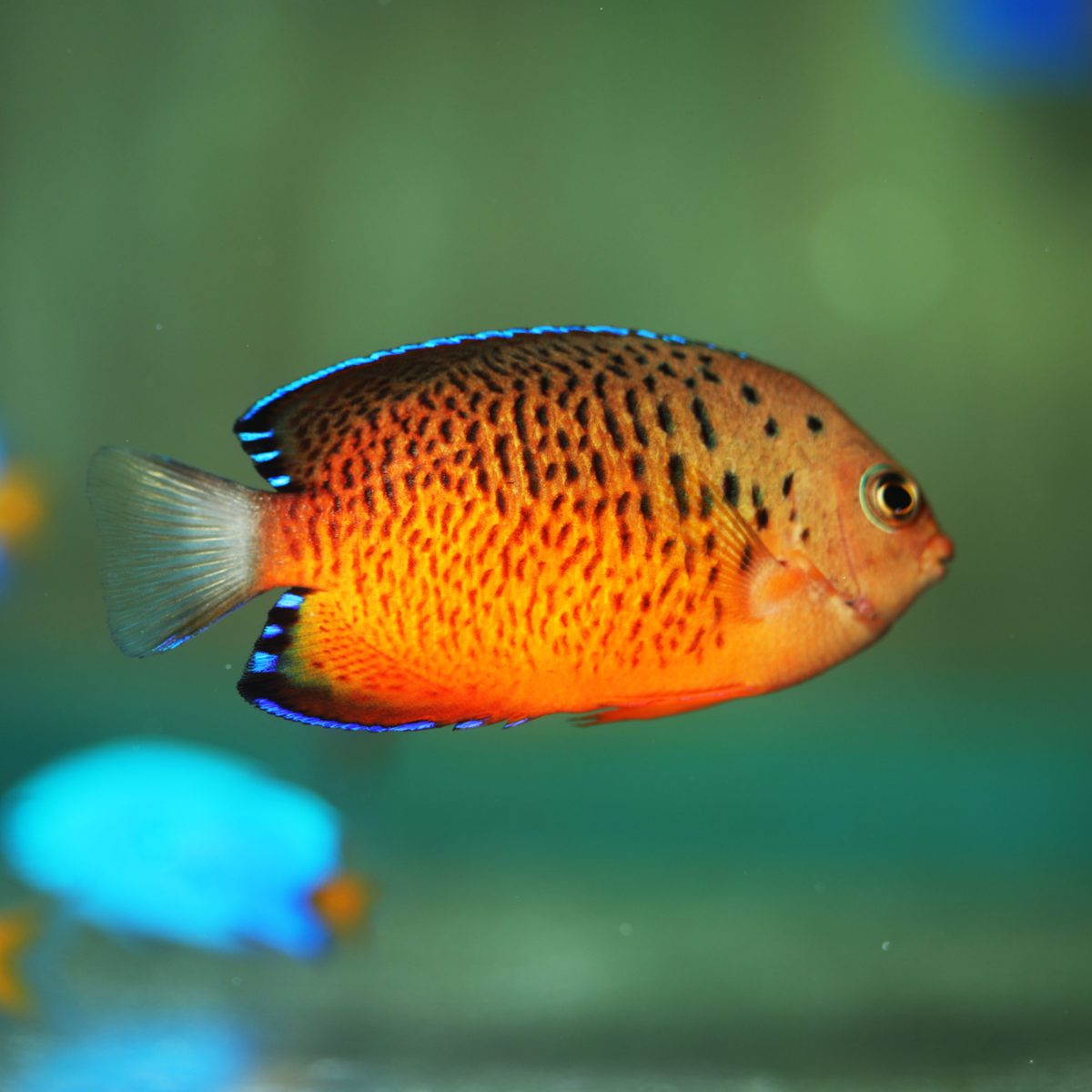


Reviews
There are no reviews yet.